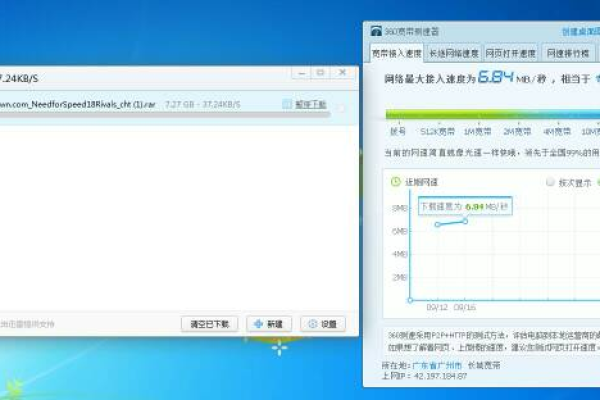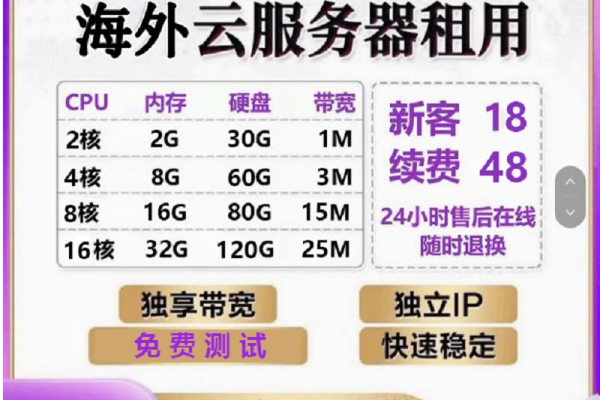为什么配置了最佳CDN服务后视频播放仍然出现卡顿?
- 行业动态
- 2024-08-21
- 4
哪家CDN好_为什么CDN配置好以后,视频播放卡顿?
分发网络(CDN)服务商的选择时,用户通常希望找到既能提供稳定服务又能确保流畅视频播放的提供商,即便CDN配置完成,视频播放仍可能出现卡顿现象,以下将分析可能导致该问题的原因,并提供针对性的解决策略。
CDN,全称为Content Delivery Network,是一种构建在现有网络基础上的智能虚拟网络,CDN通过部署在不同区域的边缘服务器,使得用户可以就近获取所需内容,从而提高访问速度和可用性。
1、CDN选择标准
不同CDN服务商在节点分布、价格、服务质量等方面存在差异,选择CDN服务时应考虑其在本地及目标观众区域的覆盖情况,以及是否支持HTTPS加密传输等安全特性。
2、视频文件缓存问题
如果视频文件没有预先缓存到CDN节点,用户初次请求时可能会遭遇延迟,预热缓存机制能够实现资源的快速分发至各节点,缩短资源响应时间。
3、视频分辨率和码率调整
不当的视频分辨率和码率设置会影响播放质量,推荐的分辨率为1920×1080,合适的码率范围是500 kbps至4000 kbps,合理配置这些参数可以有效避免播放时的卡顿问题。
4、CDN Range回源策略
开启CDN Range回源功能允许源站在收到CDN节点的回源请求时,根据HTTP请求头中的Range进行部分文件传输,这样可以提高文件传输的效率。
5、客户端硬件与网络条件
即使CDN配置得当,播放视频的电脑配置过低或网络条件不佳(包括带宽和时延)同样会导致视频播放卡顿,提升硬件性能或改善网络环境是解决这一问题的有效途径。
结合上述分析,出现问题时可采取以下措施:
检查CDN服务商提供的节点分布图,确保其能覆盖主要用户群体的地理位置。
利用缓存预热机制,确保视频文件在用户请求前已被存储于靠近用户的节点中。
根据实际需要调整视频的分辨率和码率,以适应不同的播放环境和设备。
CDN的配置和优化对于保障视频播放的流畅性至关重要,用户在选择CDN服务时,应综合考虑服务商的网络覆盖、缓存机制、视频编码建议以及自身的硬件和网络条件,才能最终实现最佳的播放体验。
相关问题与解答:
Q1: 如果改变硬件设备后视频仍然卡顿,可能是什么原因?
A1: 若硬件设备已更新但问题依旧,需考虑网络带宽是否满足高清视频播放的需求,或者是否存在网络稳定性问题。
Q2: 如何检测当前网络是否适合流媒体播放?
A2: 可以通过网络速度测试工具来评估当前网络的上下行速率,并检查网络时延及丢包情况,确认是否符合视频播放的要求。













